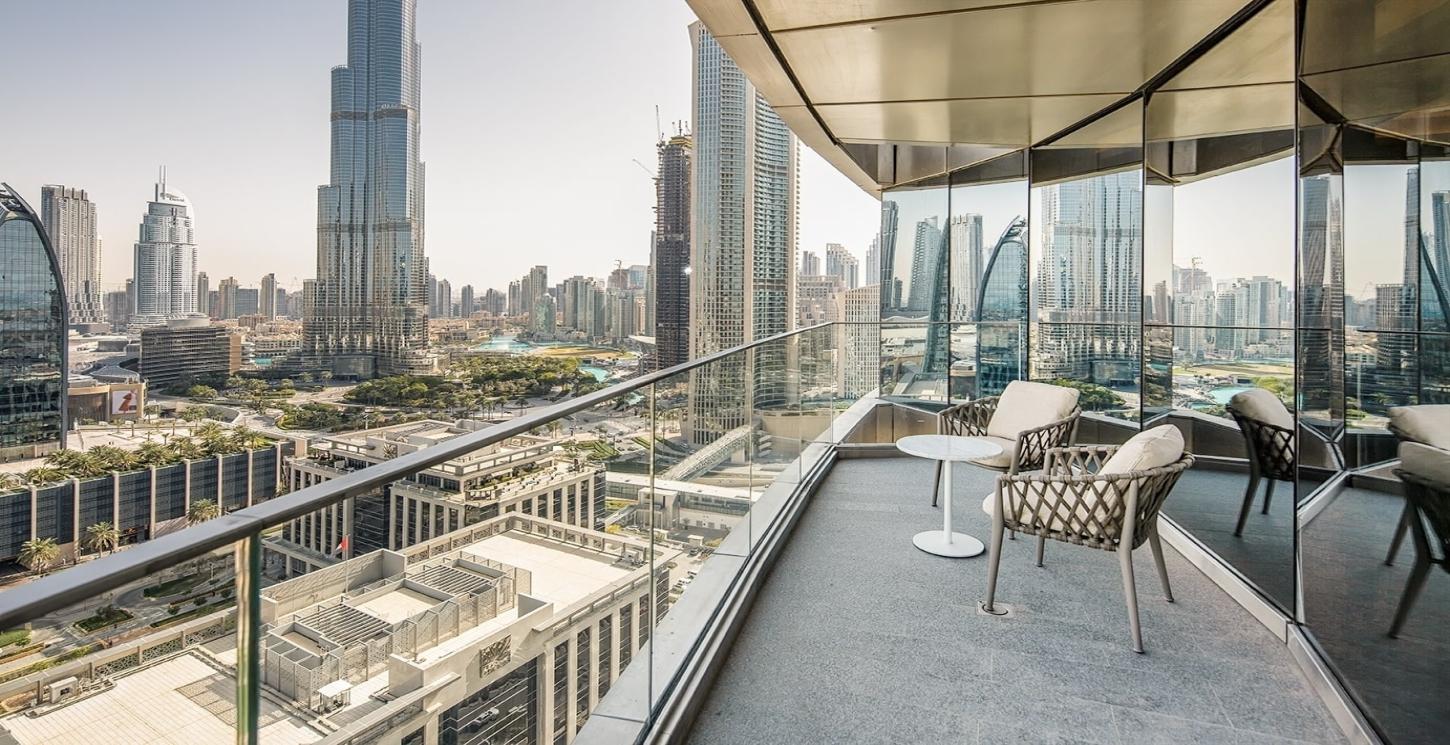If you’re planning a renovation, extension, or even landscaping for your Dubai villa, you’ve likely come across the term BUA—but what does it really mean?

By Haifa RENOV8 | Trusted Experts in Dubai Villa Renovation
Introduction
At Haifa RENOV8, one of the first questions we ask during project consultations is:
“What’s your current approved BUA—and how much of your plot is still usable?”
In this blog, we explain everything you need to know about Built-Up Area (BUA): how it’s defined, why it matters, and how it shapes your renovation scope under different Dubai master developers like Emaar and Nakheel.
Part 1: What is BUA (Built-Up Area)?
BUA (Built-Up Area) refers to the total floor area of a property, including all covered and enclosed spaces. This includes:
BUA is not the same as plot size. For example:
📐 Your BUA defines what has been approved by the developer and municipality—and what may be added.
Part 2: Why BUA Matters in Renovations
💡 Exceeding your BUA without approval can result in demolition orders, fines, and rejection at resale.
Part 3: BUA vs. GFA vs. Plot Coverage – Know the Difference
🧠 For renovations, BUA and plot coverage are the two most critical metrics to track.
Part 4: BUA Protocols – Developer-Specific Guidelines
🔹 Emaar Communities (e.g. Meadows, Arabian Ranches, Dubai Hills)
🔹 Nakheel Communities (e.g. Palm Jumeirah, Jumeirah Park, JVT)
🔹 Trakhees / DDA / DM Jurisdictions
✅ Haifa handles all developer and authority NOC protocols internally.
Part 5: How to Find Out Your Approved BUA
🧠 Never assume the actual built area is legal. Always verify approved BUA.
Part 6: Extending Your BUA – Step-by-Step
🔧 Haifa designs all extension plans with authority compliance from Day 1.
Part 7: What Happens If You Exceed BUA Without Approval?
✅ Haifa provides clients with stamped approval binders for all projects involving BUA changes.
Conclusion: BUA Isn’t Just a Number—It’s Your Renovation Boundary
Understanding your villa’s BUA is critical before reconfiguring layouts, adding rooms, or enclosing terraces. It's the foundation of lawful, value-driven renovation.
At Haifa RENOV8, we help you:
📩 Ready to plan your extension or renovation the right way?